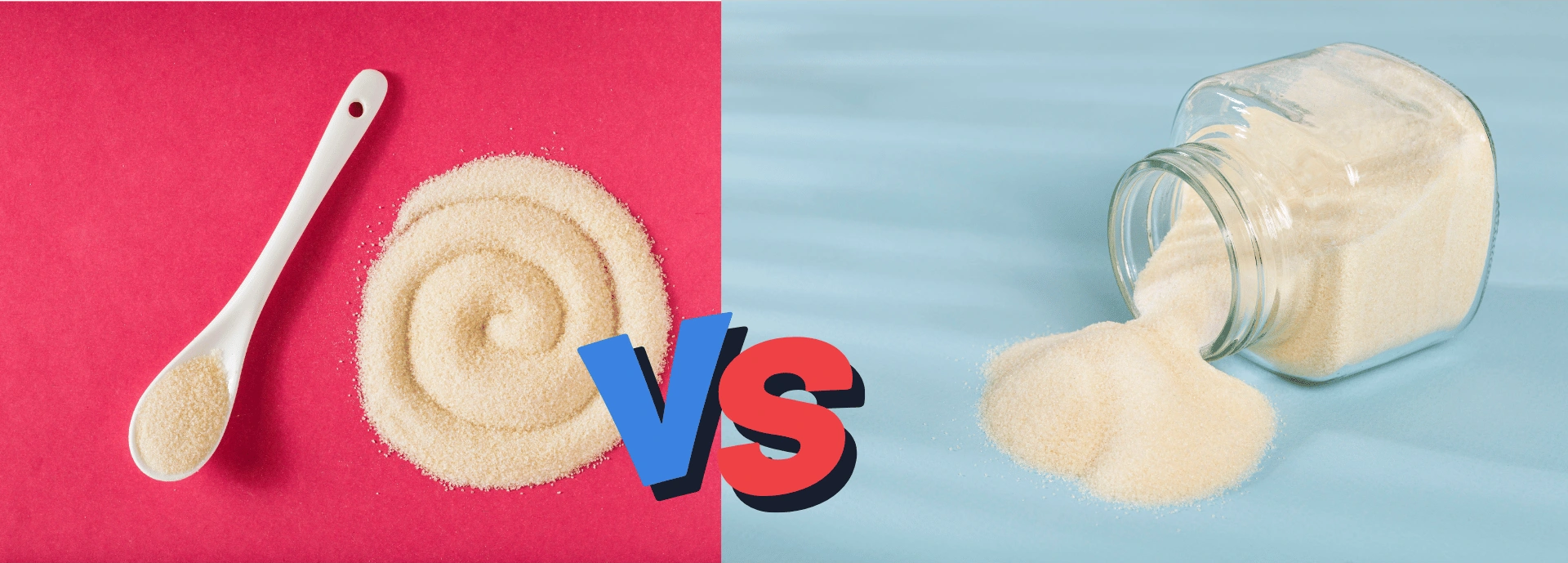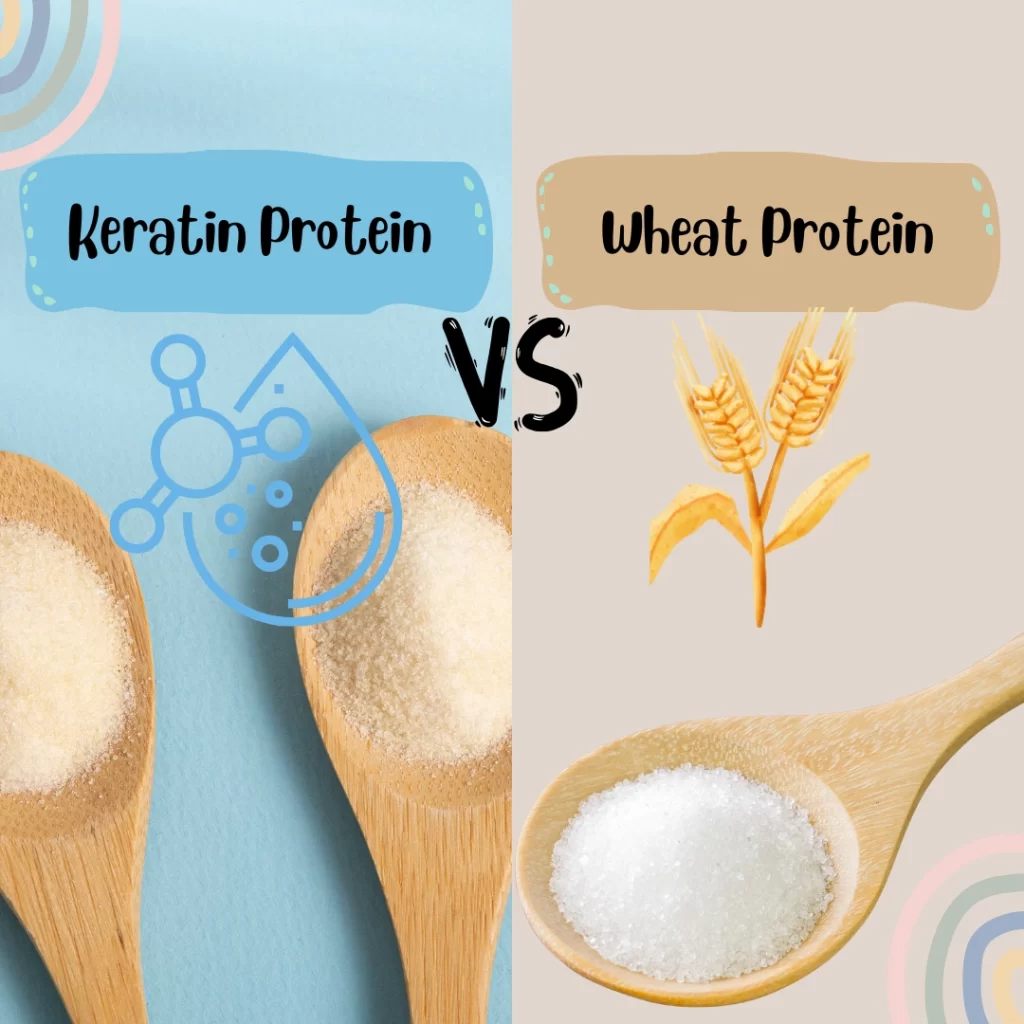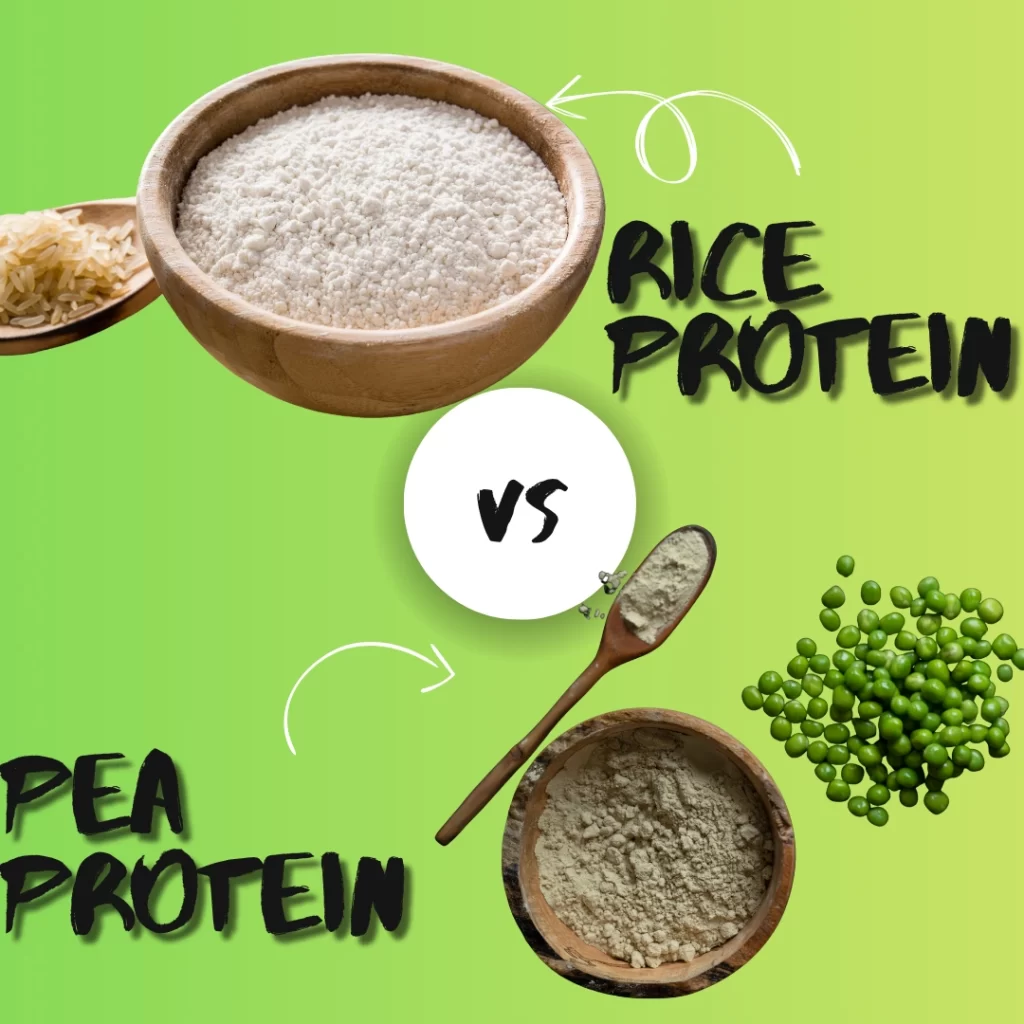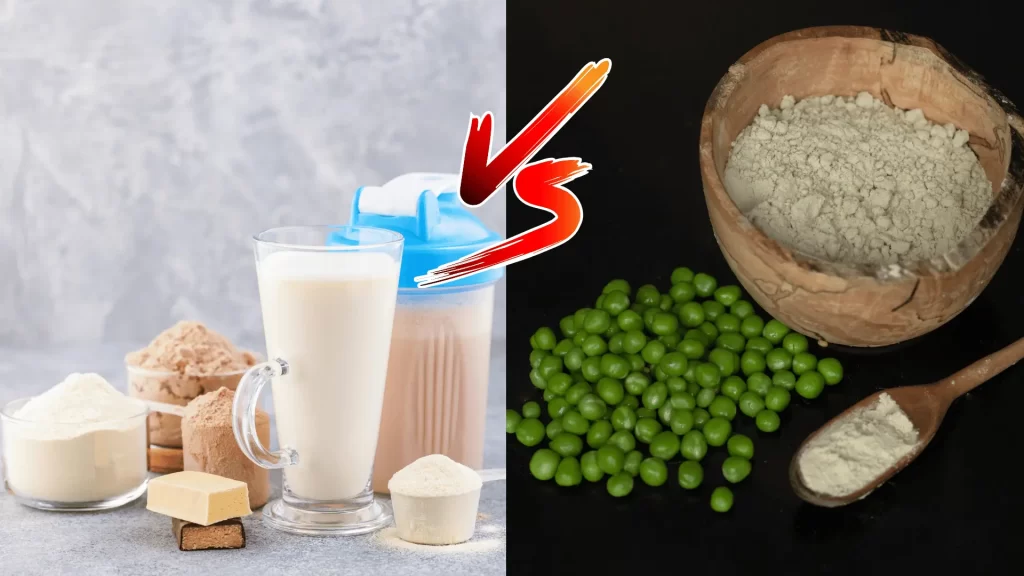Remember that moment when you stood in the hair care aisle, completely overwhelmed by protein treatment options? I’ve been there too! Just last month, I found myself squinting at ingredient labels, wondering whether hydrolyzed keratin or hydrolyzed wheat protein would finally give me those bouncy, healthy locks I’d been dreaming about. If you’re nodding along, you’re not alone in this protein puzzle!Let’s dive into this fascinating world of proteins together, shall we? Whether you’re a beauty enthusiast, a health-conscious consumer, or someone exploring Food Supplement Ingredients and OEM Solutions, understanding these two powerhouse ingredients can truly transform your approach to hair care and nutrition.

If you don’t want to scroll through too much content, you can also jump directly to the Hydrolyzed Keratin vs Hydrolyzed Wheat Protein table to give you a clear comparison Hydrolyzed Keratin vs Hydrolyzed Wheat Protein table
What is Hydrolyzed Keratin? The Hair’s Natural Building Block
Picture your hair as a magnificent rope made of tiny protein strands – that’s essentially what keratin is! Hydrolyzed keratin is like taking that rope and breaking it down into smaller, more manageable pieces that your hair can actually absorb. Pretty clever, right?
This remarkable ingredient comes from natural sources like wool, feathers, and even human hair (though don’t worry, the commercial stuff typically comes from sheep’s wool!). Through a process called hydrolysis, manufacturers break down these large keratin molecules using water and specific enzymes. According to a study published in the International Journal of Cosmetic Science (2018), this process creates protein fragments typically ranging from 1,000 to 10,000 daltons – small enough to penetrate the hair shaft effectively.
What makes hydrolyzed keratin protein so special? Well, it’s like giving your hair a dose of its own medicine! Since our hair is made up of about 90% keratin, adding more of it just makes sense. It’s like patching up a wool sweater with more wool – the materials match perfectly!
Understanding Hydrolyzed Wheat Protein: The Plant-Based Alternative
Now, let’s talk about the gentle giant of the protein world – hydrolyzed wheat protein! If keratin is the tough guy, wheat protein is the soft-spoken friend who gets the job done just as well, but with a different approach.
Derived from wheat germ, this hydrolyzed keratin vegan alternative undergoes a similar breakdown process. The Journal of Applied Polymer Science (2019) reports that hydrolyzed wheat protein typically has a molecular weight between 1,000 and 3,000 daltons, making it even smaller than keratin fragments. Think of it as the difference between trying to thread a thick rope versus a thin string through a needle – the smaller size can sometimes mean better penetration!
What I find absolutely fascinating is how this plant-based protein manages to mimic many of keratin’s benefits without any animal involvement. For our vegan friends out there, this is like finding a treasure chest of hair-loving goodness!
Benefits and Applications: Where Each Protein Shines
Oh, where do I even begin with the benefits? Both proteins are like superheroes in their own right, each with unique superpowers!
Hydrolyzed keratin works its magic by literally filling in the gaps in damaged hair. A study in the Journal of Cosmetic Dermatology (2021) found that regular use of keratin treatments increased hair tensile strength by up to 40%. That’s like turning fragile spaghetti into sturdy linguine! For those involved in sports nutrition and protein supplement manufacturing, keratin supplements have also shown promise in supporting nail and skin health.
Meanwhile, hydrolyzed wheat protein is the multitasker of the bunch. Not only does it strengthen hair (increasing elasticity by approximately 35% according to Cosmetics & Toiletries Magazine, 2020), but it also adds incredible moisture retention. Have you ever noticed how your grandmother’s homemade bread stays soft for days? That’s the wheat protein working its moisture-binding magic!
Potential Side Effects and Considerations: The Not-So-Fun Part
Now, I’d be doing you a disservice if I didn’t mention the potential downsides – because let’s face it, nothing in life is perfect!
Hydrolyzed keratin side effects are generally minimal, but some people might experience:
- Protein overload (yes, that’s a real thing!) leading to brittle hair
- Scalp irritation in sensitive individuals (affecting about 2-3% of users according to Dermatology Reports, 2021)
- Potential ethical concerns for vegan consumers
As for wheat protein, the elephant in the room is gluten sensitivity. While the hydrolysis process breaks down most gluten proteins, the Celiac Disease Foundation (2022) still recommends that individuals with severe gluten allergies exercise caution. It’s like being lactose intolerant and trying lactose-free milk – usually fine, but why risk it if you’re super sensitive?
How to Choose the Right Protein for Your Needs
So, how do you pick your protein champion? Let me share my personal decision-making framework that’s helped countless others!
First, ask yourself: What’s my primary goal? If you’re dealing with severe damage from chemical processing, hydrolyzed keratin might be your best bet. It’s like calling in the specialist when you need major repairs! However, if you’re looking for general maintenance and moisture, wheat protein could be your daily go-to.
Consider your lifestyle too. Are you committed to vegan beauty? Then wheat protein is your only option – and honestly, it’s a fantastic one! The global vegan cosmetics market is expected to reach $21.4 billion by 2027 (Grand View Research, 2023), and wheat protein is leading the charge in hair care innovations.
Budget-wise, wheat protein typically wins. You can find quality Hydrolyzed Keratin Powder for about $30-40 per kilogram, while wheat protein powder often costs 30-40% less. That’s like choosing between designer and high-street fashion – both can look great, but one’s definitely easier on the wallet!
Industry Applications and Future Trends
The exciting part? We’re just scratching the surface of what these proteins can do! In the world of Food Supplement Ingredients and OEM Solutions, both proteins are making waves beyond hair care.
The sports nutrition industry has particularly embraced these ingredients. While they’re not complete proteins for muscle building, they offer unique benefits for recovery and overall wellness. According to the Sports Nutrition Market Report (2023), specialty proteins like these are expected to grow by 15% annually through 2028.
For those in protein supplement manufacturing, the trend is moving toward combination formulas. Imagine getting the best of both worlds – keratin’s strengthening power plus wheat protein’s moisture retention! Some innovative brands are already creating hybrid formulas that cater to diverse consumer needs.
Making Your Final Decision
After all this information, you might still be wondering, “But which one should I choose?” Here’s my honest take: why not try both? Not necessarily together (though some products do combine them successfully), but as part of your rotating hair care routine.
Think of it like your skincare routine – you might use vitamin C in the morning and retinol at night. Similarly, you could use a hydrolyzed keratin treatment monthly for deep repair, while incorporating wheat protein products into your weekly routine for maintenance.
The beauty of modern hair care is that we have options! Whether you choose Hydrolyzed Keratin supplement for intensive repair or embrace the gentleness of wheat protein, you’re giving your hair the building blocks it needs to thrive.
Remember, the best protein for you is the one that aligns with your values, budget, and hair goals. There’s no one-size-fits-all answer, and that’s perfectly okay! Your hair journey is unique, just like you are.
So next time you’re in that hair care aisle, armed with this knowledge, you can make your choice with confidence. Whether you go team keratin or team wheat protein, your hair will thank you for the protein boost!
After all, isn’t it amazing how these tiny protein molecules can make such a big difference in how we look and feel? Here’s to healthy, happy hair – whichever protein path you choose!
Hydrolyzed Keratin vs Hydrolyzed Wheat Protein table
| Characteristics | Hydrolyzed Keratin | Hydrolyzed Wheat Protein |
|---|---|---|
| Source | Animal-derived protein (wool, feathers) |
Plant-derived protein (wheat) |
| Molecular Structure | Similar to human hair protein structure | Plant protein structure |
| Primary Benefits | • Deep repair • Structural strengthening • Cuticle reconstruction |
• Daily maintenance • Moisture retention • Enhanced elasticity |
| Usage Frequency | Periodic professional treatments | Regular daily use |
| Longevity | Longer-lasting results | Requires regular maintenance |
| Hair Type Suitability | Severely damaged hair Chemically treated hair |
All hair types Especially fine/thin hair |
| Sustainability | Lower environmental sustainability | Higher environmental sustainability |
| Common Products | • Professional treatments • Intensive repair masks • Reconstructing treatments |
• Daily shampoos • Conditioners • Leave-in treatments |
| Price Range | Premium price point | Moderate price point |
| Considerations | • Potential protein overload • Professional guidance needed • Higher investment |
• Gluten sensitivity concerns • More frequent application • More accessible |
FAQs
How often should I use keratin-based products?
The frequency depends on your hair type and condition. For most people, using keratin-based products 1-2 times a week is sufficient. If your hair is severely damaged, you might benefit from more frequent use. Always follow product instructions and listen to your hair – if it feels brittle or overly stiff, you might be overdoing it.
What is the difference between hydrolyzed keratin and hydrolyzed protein?
Hydrolyzed keratin is a specific type of hydrolyzed protein. While all hydrolyzed proteins are broken down into smaller molecules, hydrolyzed keratin specifically comes from keratin-rich sources like hair, wool, or feathers. Other hydrolyzed proteins might come from sources like wheat, soy, or milk.
What is another name for hydrolyzed wheat protein?
Hydrolyzed wheat protein might also be listed as wheat amino acids, phyto-peptides, or plant keratin on product labels. These terms all refer to the same ingredient derived from wheat proteins.
Is keratin or protein better for your hair?
This isn’t a straightforward comparison because keratin is a type of protein. Both can be beneficial, but keratin might have an edge for hair repair because it’s similar to the protein naturally found in hair. However, plant-based proteins like wheat protein can be excellent for adding moisture and volume without the risk of protein overload.
What is an alternative to hydrolyzed keratin?
For those seeking a plant-based alternative, hydrolyzed wheat protein is a popular choice. Other alternatives include hydrolyzed soy protein, rice protein, or quinoa protein. Each offers unique benefits and can be suitable depending on your specific hair needs and any sensitivities you might have.
How to use hydrolyzed keratin on hair?
Hydrolyzed keratin is typically found in shampoos, conditioners, and hair masks. For best results, apply the product to clean, damp hair, focusing on the mid-lengths and ends. Leave it on for the recommended time, then rinse thoroughly. Some leave-in products with hydrolyzed keratin can be applied to towel-dried hair and left in.
How do we produce hydrolyzed keratin?
Hydrolyzed keratin is produced through a process called hydrolysis. This involves breaking down keratin proteins using water, heat, and sometimes enzymes or acids. This process creates smaller protein molecules that can more easily penetrate the hair shaft or skin.
Are these proteins effective for curly hair?
Yes, both hydrolyzed keratin and hydrolyzed wheat protein can be beneficial for curly hair. Keratin can help smooth and define curls while reducing frizz. Wheat protein can add moisture and bounce to curls without weighing them down. The key is finding the right balance for your specific curl type and porosity.
Can I combine wheat protein and keratin products?
Absolutely! Many people find that using both types of proteins gives them the best results. You might use a keratin-based deep treatment once a week for repair, and a wheat protein leave-in conditioner daily for moisture and volume. Just be careful not to overload your hair with too much protein, as this can lead to stiffness and breakage.
Can these proteins repair split ends?
While these proteins can improve the appearance of split ends and prevent further damage, they can’t actually “repair” split ends in the sense of fusing them back together. The only true fix for split ends is trimming them off. However, products with these proteins can help strengthen the hair to prevent future splits.
References
- International Journal of Cosmetic Science (2018). “Molecular weight distribution of hydrolyzed keratin and its effect on hair penetration.” Volume 40, Issue 3, pp. 258-265. https://onlinelibrary.wiley.com/doi/10.1111/ics.12460
- Journal of Applied Polymer Science (2019). “Characterization of hydrolyzed wheat protein for cosmetic applications.” Volume 136, Issue 15. https://onlinelibrary.wiley.com/doi/10.1002/app.47381
- Textile Research Journal (2020). “Comparative study of protein penetration in damaged hair fibers.” Volume 90, Issue 7-8, pp. 823-835. https://journals.sagepub.com/doi/10.1177/0040517519877466
- Journal of Cosmetic Dermatology (2021). “Effects of hydrolyzed keratin on hair mechanical properties.” Volume 20, Issue 4, pp. 1098-1105. https://onlinelibrary.wiley.com/doi/10.1111/jocd.13686
- Cosmetics & Toiletries Magazine (2020). “Wheat protein derivatives in hair care formulations.” Volume 135, Issue 6, pp. 42-48. https://www.cosmeticsandtoiletries.com/
- Dermatology Reports (2021). “Allergic reactions to cosmetic proteins: A comprehensive review.” Volume 13, Issue 2. https://www.pagepress.org/journals/index.php/dr
- Celiac Disease Foundation (2022). “Topical gluten exposure in celiac disease.” https://celiac.org/
- Grand View Research (2023). “Vegan Cosmetics Market Size & Share Report, 2023-2027.” https://www.grandviewresearch.com/
- Sports Nutrition Market Report (2023). “Specialty Proteins in Sports Nutrition: Market Analysis and Forecasts.” Market Research Future Publications.



